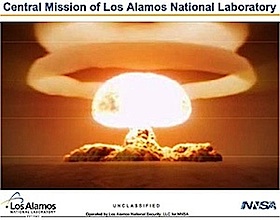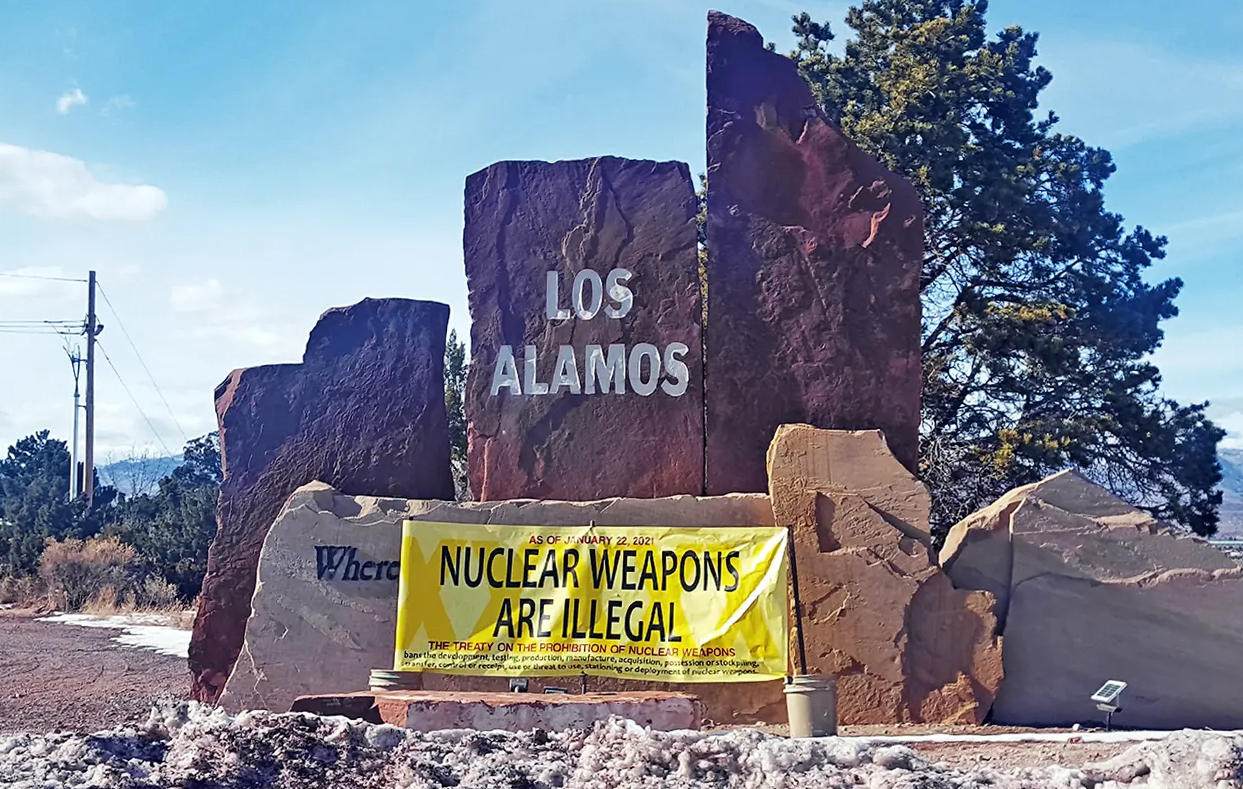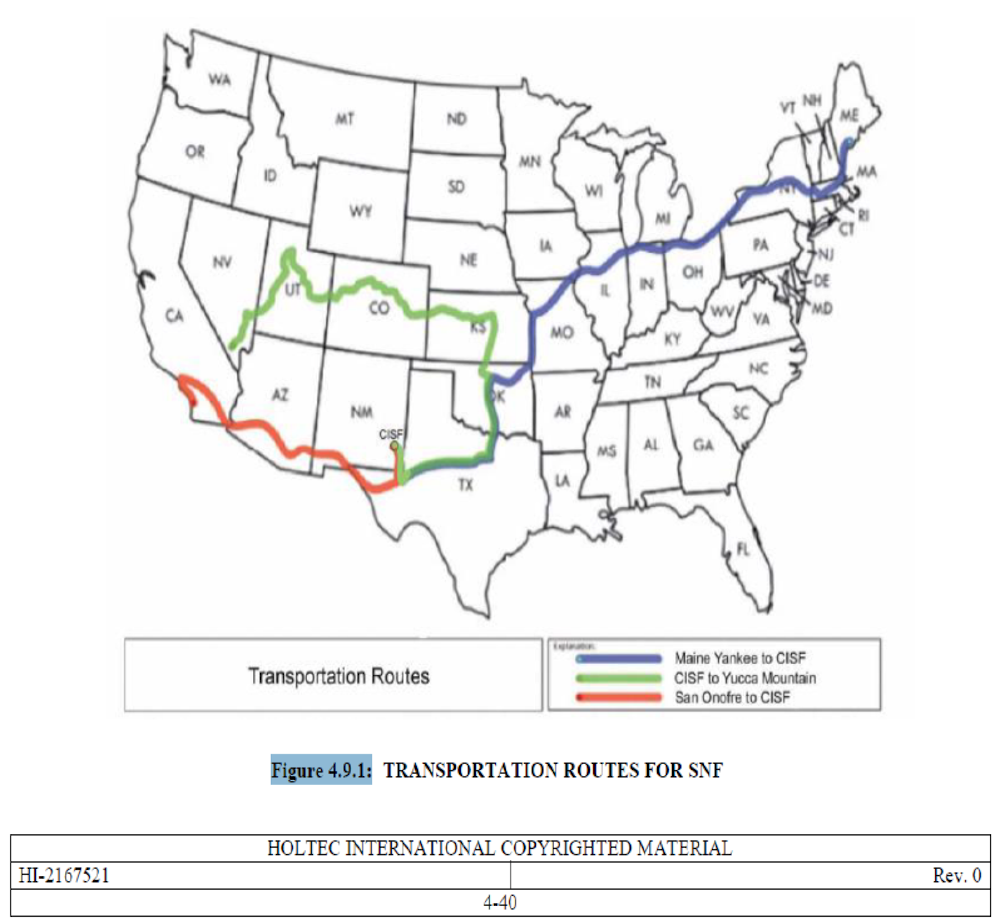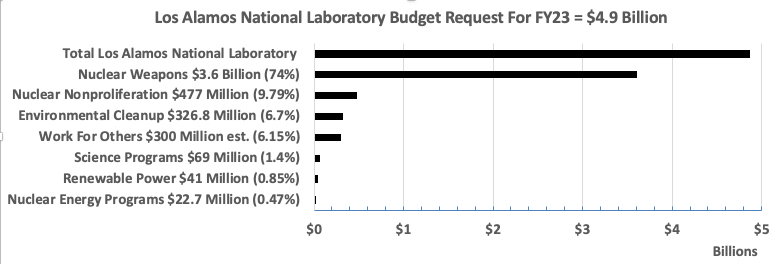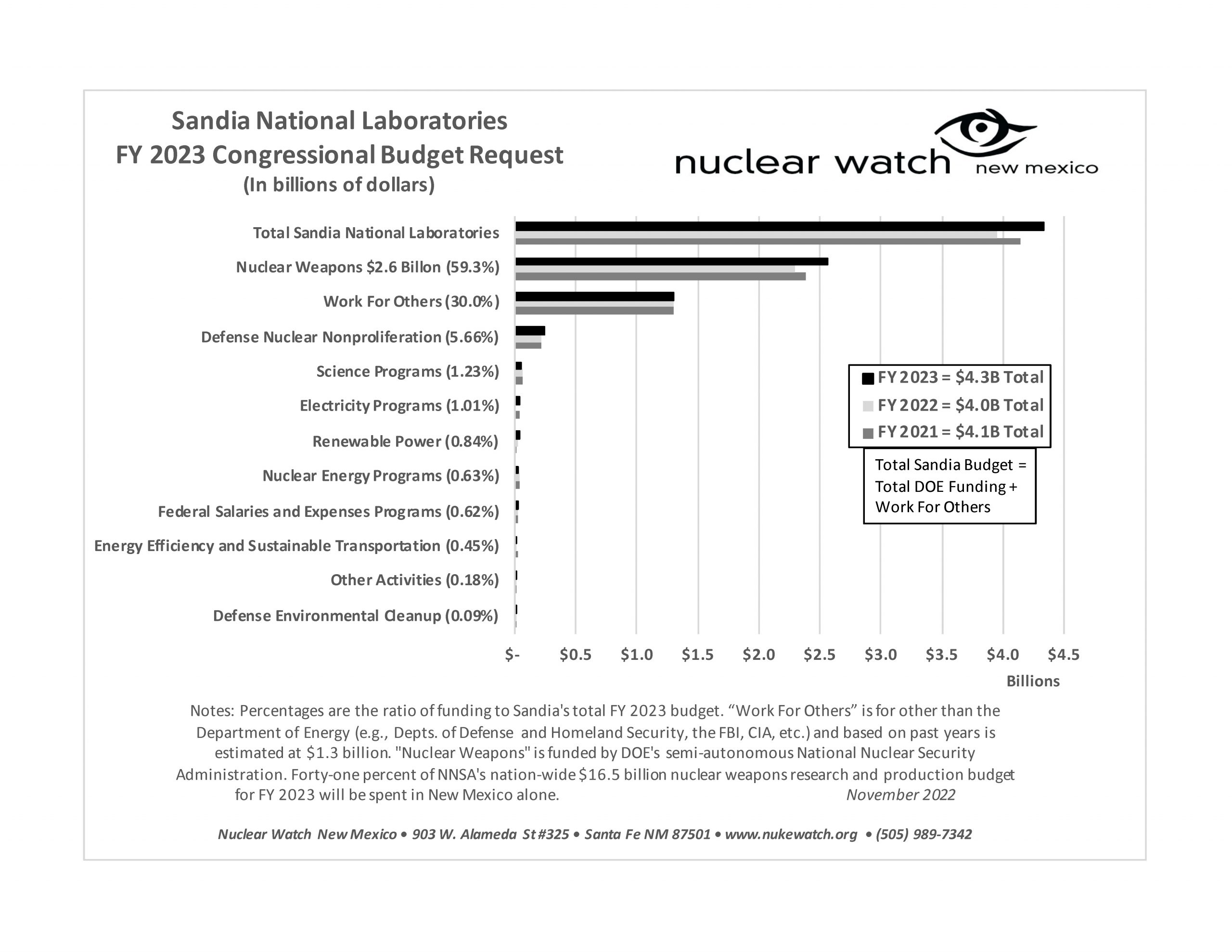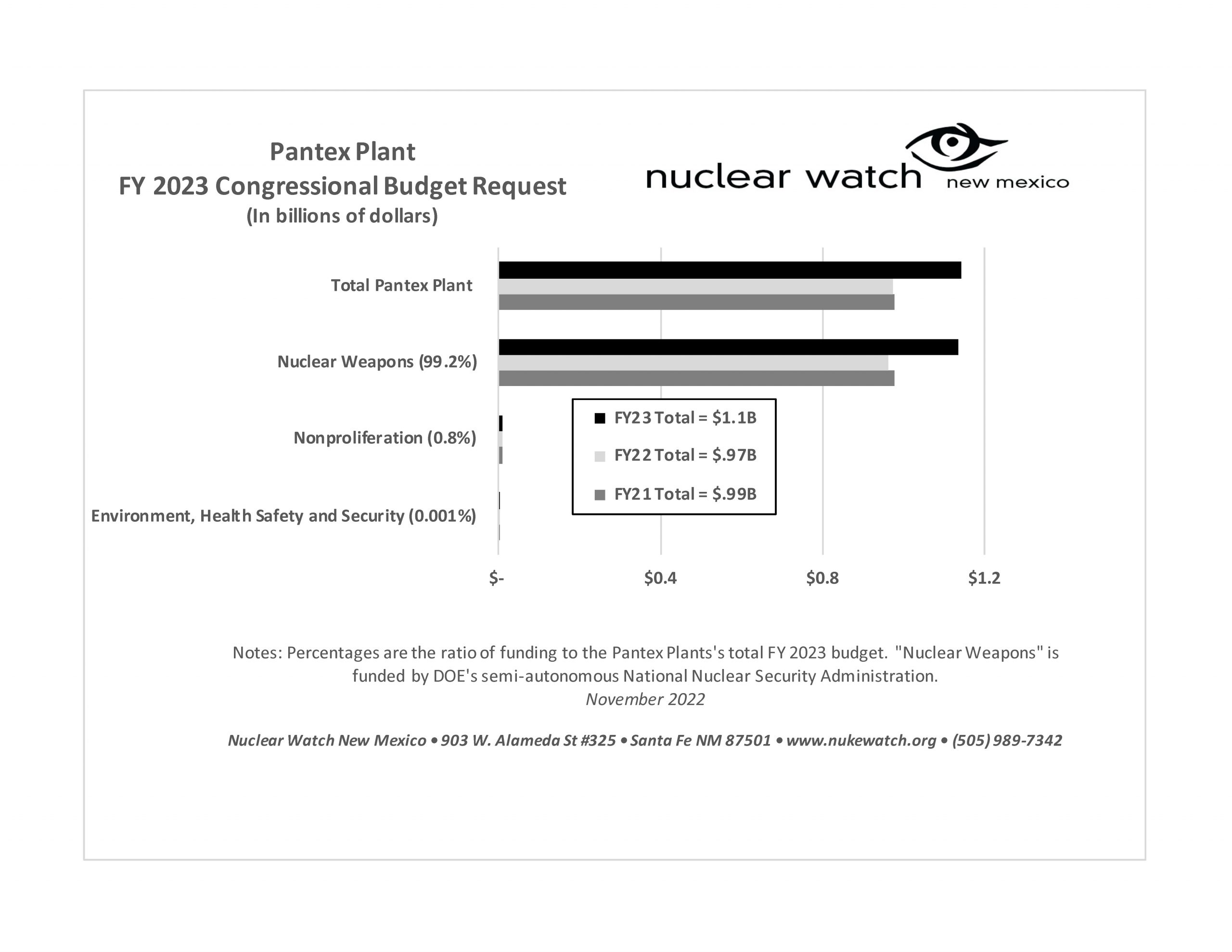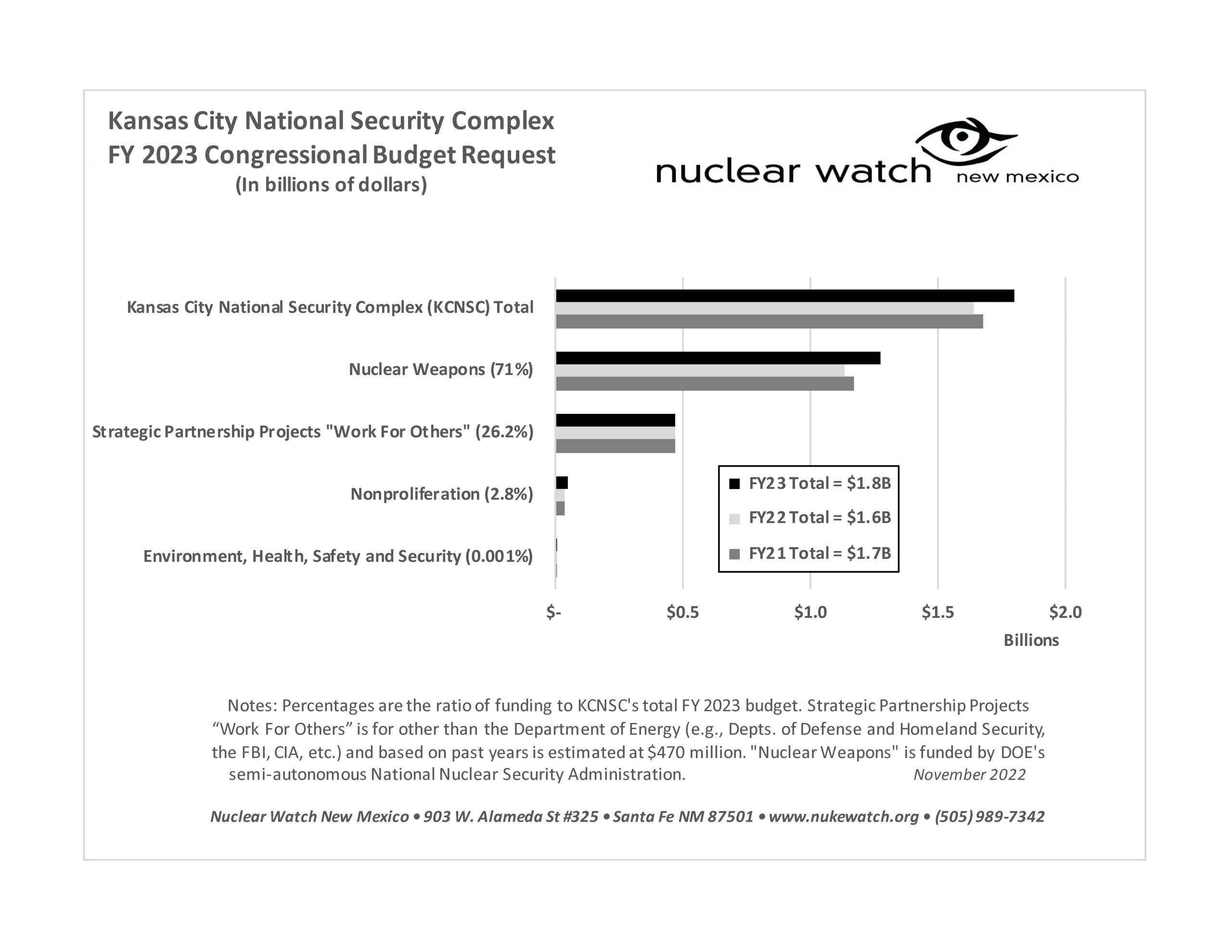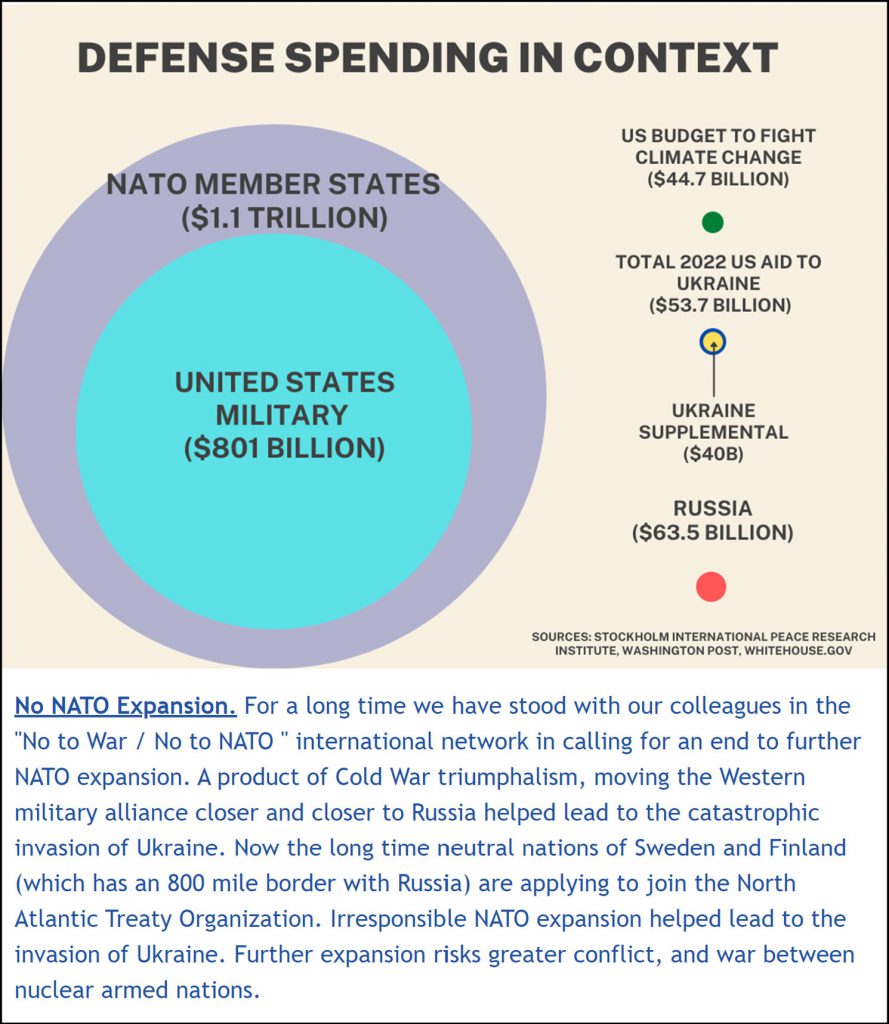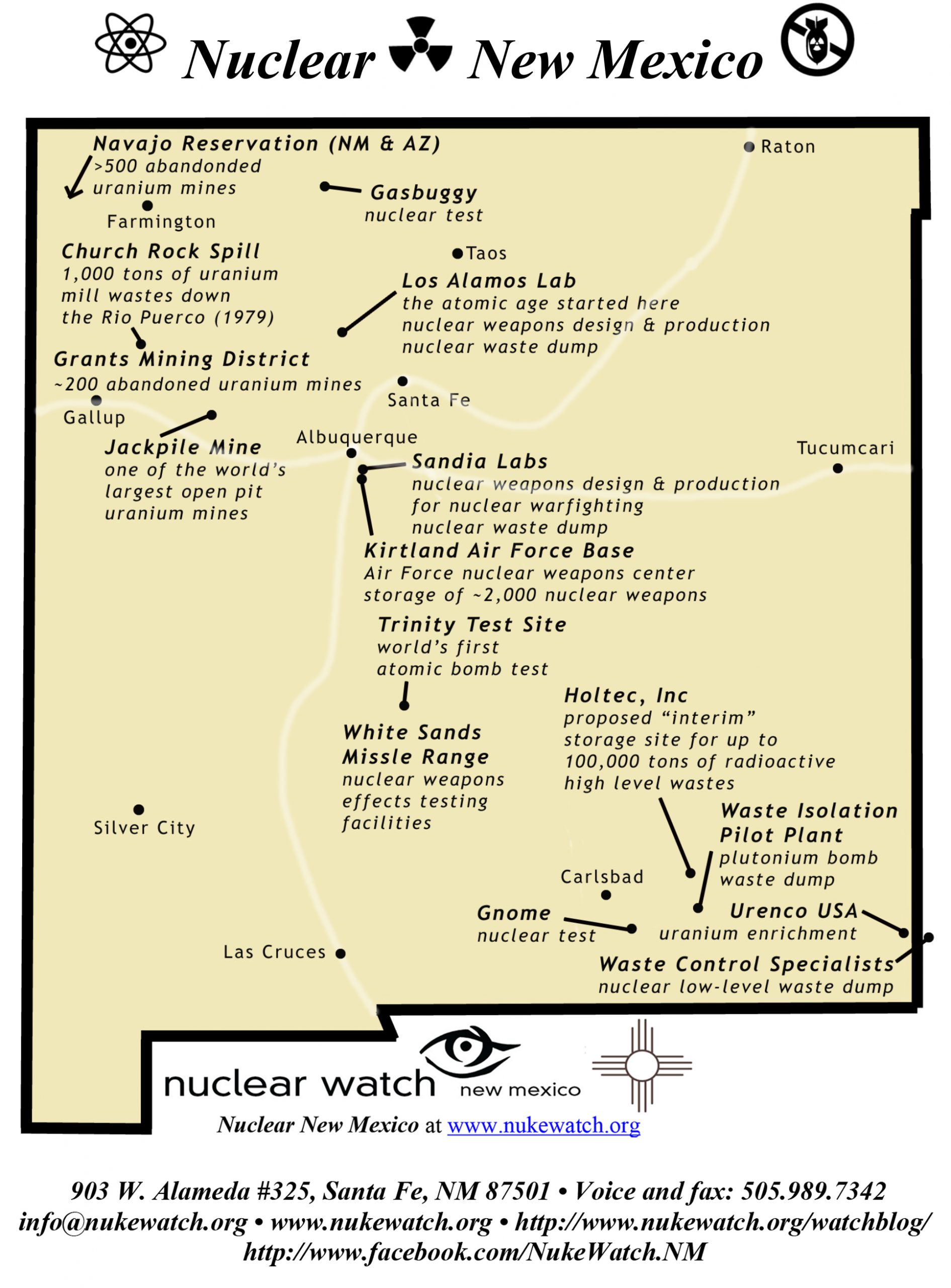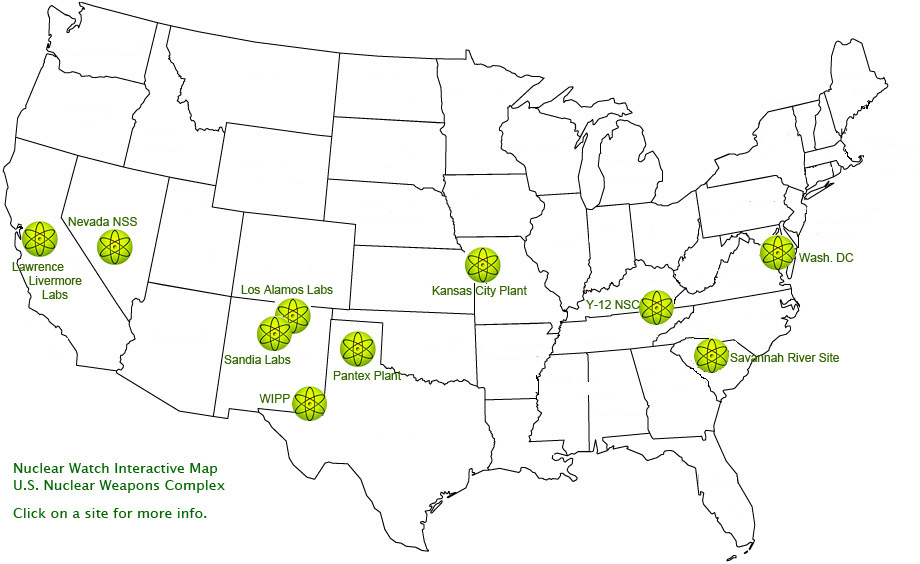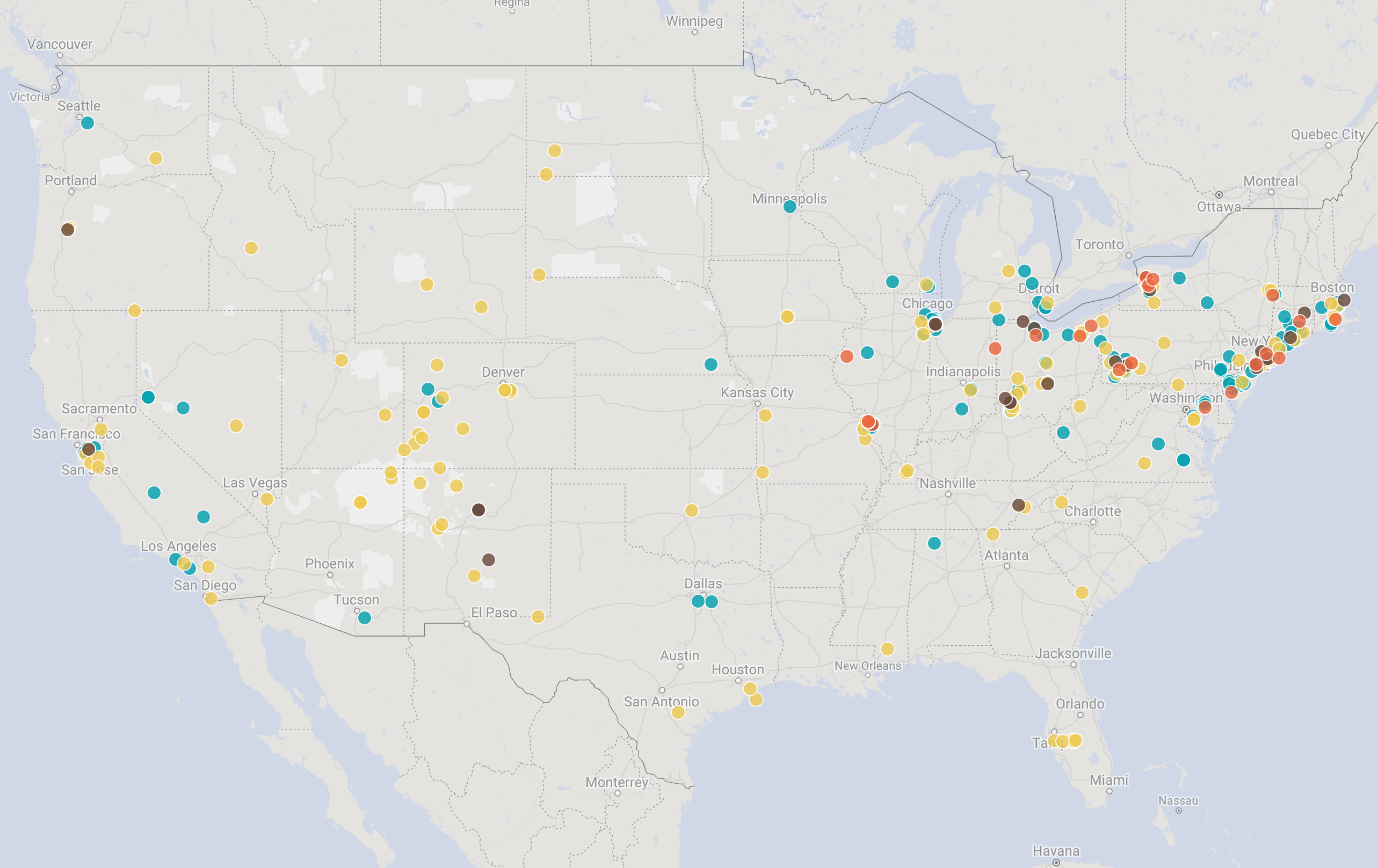QUOTE OF THE WEEK
Nothing Found
It seems we can’t find what you’re looking for. Perhaps searching can help.
LANL’s Central Mission: Los Alamos Lab officials have recently claimed that LANL has moved away from primarily nuclear weapons to “national security”, but what truly remains as the Labs central mission? Here’s the answer from one of its own documents:
LANL’s “Central Mission”- Presented at: RPI Nuclear Data 2011 Symposium for Criticality Safety and Reactor Applications (PDF) 4/27/11
Banner displaying “Nuclear Weapons Are Now Illegal” at the entrance in front of the Los Alamos National Lab to celebrate the Entry Into Force of the Nuclear Weapon Ban Treaty on January 22, 2021
Nothing Found
It seems we can’t find what you’re looking for. Perhaps searching can help.
Follow the Money!
Map of “Nuclear New Mexico”
Nuclear Watch Interactive Map – U.S. Nuclear Weapons Complex
In 1985, US President Ronald Reagan and and Russian President Mikhail Gorbachev declared that “a nuclear war cannot be won and must never be fought.”
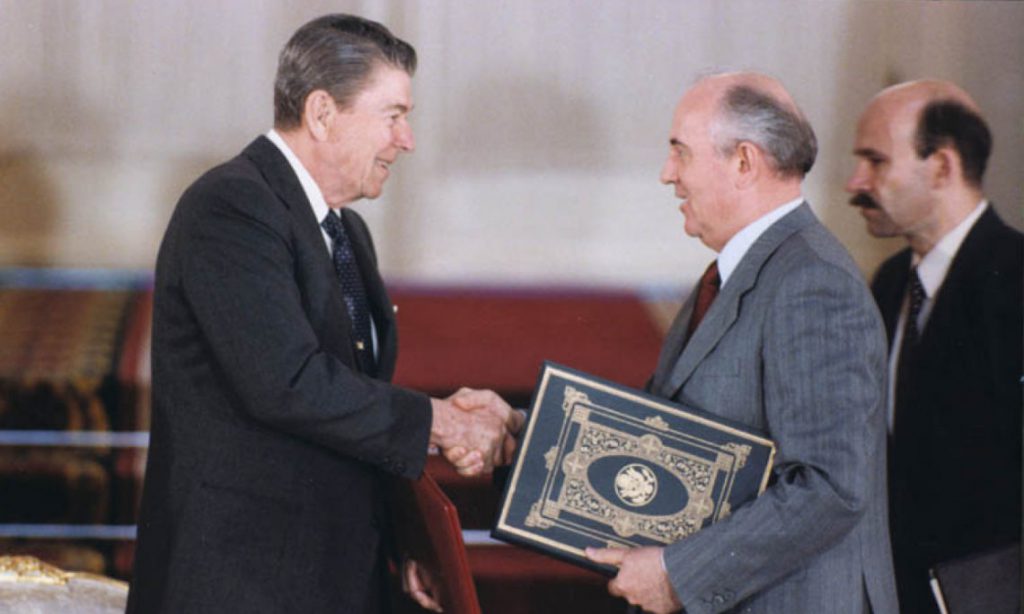
Waste Lands: America’s Forgotten Nuclear Legacy
The Wall St. Journal has compiled a searchable database of contaminated sites across the US. (view)
Related WSJ report: https://www.wsj.com
2022 BLOG POSTS
Nothing Found
It seems we can’t find what you’re looking for. Perhaps searching can help.
New & Updated
9th Anniversary of Fukushima Daiichi Nuclear Disaster
Nine years have passed since the Great East Japan Earthquake and ensuing tsunami struck the Tohoku region on March 11, 2011, causing the disastrous accident at the TEPCO Daiichi nuclear power plant. The impacts of this nuclear disaster continue to this day.
We join together with people around the world to stand with the victims and continue working towards a peaceful world without nuclear power and nuclear weapons.
“Proud to be an American?” What an American admiral forgets about nuclear war
“Today, all these years later, the Trump administration is much more focused on acquiring new nuclear weapons systems than constraining or eliminating them. And the White House seems all too eager to walk away from the treaties and tools that were built to reduce these weapons’ greatest risks.”
MONICA MONTGOMERY | thebulletin.org
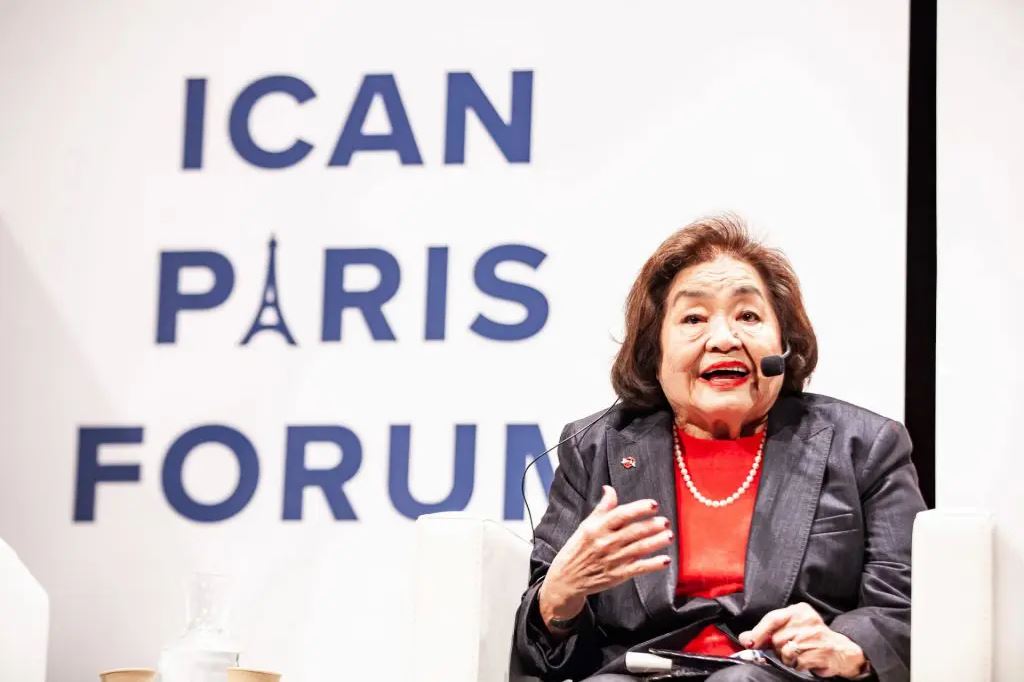
In late February, Adm. Charles Richard, head of US Strategic Command, told a House committee that the innovations going into a new nuclear warhead are what make him “proud to be an American.”
He was referring to the W93, a new nuclear warhead that will be used on submarine-launched ballistic missiles and that the Trump administration wants $53 million to start work on this year. While the design and timeline remain unclear, the administration forecasts that the price tag for developing and building this new weapon will reach over $1 billion per year in the next four years. The W93 would join or replace at least three other submarine-launched nuclear warheads that already exist and for which billions already have been and are still being spent to modernize.
Energy Dept. Nearly Triples Funding for Plutonium Pit Production, Cuts Cleanup in Half – But Refuses to Complete New Env. Impact Statement for Los Alamos Lab
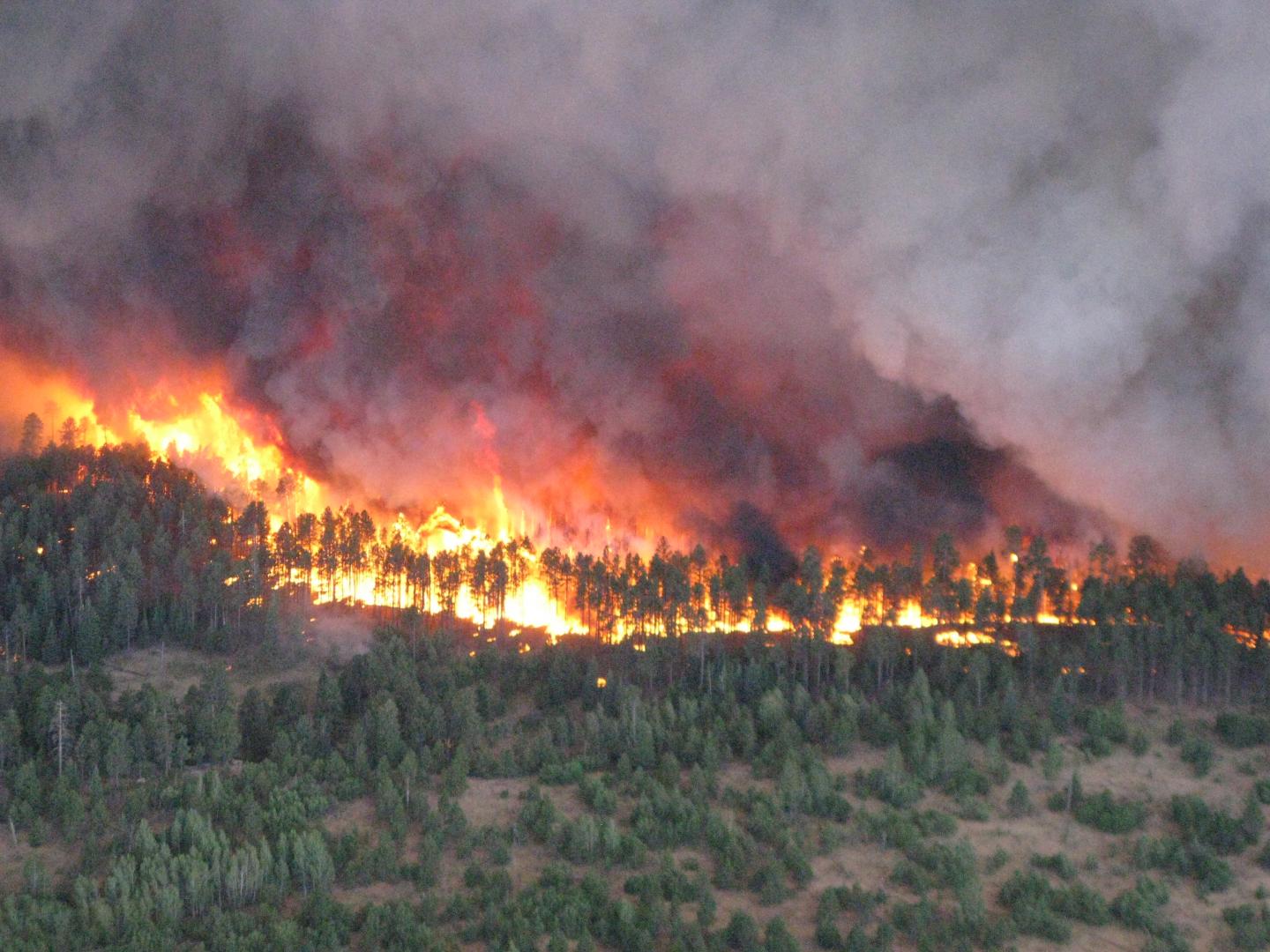
Santa Fe, NM – Today the Department of Energy’s semi-autonomous nuclear weapons agency, the National Nuclear Security Administration (NNSA), announced that it will not complete a new site-wide environmental impact statement for the Los Alamos National Laboratory (LANL). The last site-wide environmental impact statement was in 2008.
Since that time a catastrophic wildfire burned to the western boundary of the Lab (likely to occur more frequently with climate change); an exploding radioactive waste drum improperly prepared by LANL shut down the Waste Isolation Pilot Plant for three years, costing taxpayers ~$3 billion to reopen; the full extent and depth of a hexavalent chromium plume contaminating the regional groundwater is still not fully determined; and LANL’s long track record of chronic nuclear safety incidences remain unresolved.
Non-Proliferation Treaty turns 50 as US funds new nukes
“You can’t preach temperance from a bar stool, you can’t tell others not to have nuclear weapons when you’re busy ‘modernizing’ your own.”
ARTICLE BY: JAY COGHLAN / NUCLEAR WATCH NEW MEXICO | abqjournal.com
Thursday marked the 50th anniversary of the Non-Proliferation Treaty, whose central bargain was that non-nuclear weapons states forswore acquiring them in exchange for which nuclear weapons states promised to enter into serious negotiations leading to their elimination. Those negotiations have never happened.
The Trump Administration has marked the occasion by finally releasing the detailed fiscal year 2021 Congressional Budget Request for the Department of Energy’s semi-autonomous nuclear weapons agency, the National Nuclear Security Administration. The NNSA’s program for new and upgraded nuclear weapons gets a $3 billion-plus mark-up to $15.6 billion, slated to jump to $17 billion annually by 2025.
Sandia Labs may get $300 million budget increase
Meanwhile, “[Los Alamos] laboratory’s funding for the cleanup of radioactive waste it produced during the Manhattan Project and Cold War would decrease by $100 million.”
SCOTT TURNER | abqjournal.com Copyright © 2020 Albuquerque Journal
Sandia National Laboratories would receive a $300 million increase in federal funding under President Donald Trump’s proposed fiscal 2021 budget.
Most of the increase involves the labs’ nuclear weapons program, Sandia officials told the Journal.
Progressive lawmakers waging new NDAA fight
“This administration has no regard for Congress, and unless we put in very strict parameters around our funding support and our authorization, they’re just going to continue to roll all over us.” – Rep. Pramila Jayapal (D-Wash.), co-chair of the Congressional Progressive Caucus
Progressive House Democrats are eyeing a new push to roll their top agenda items into the National Defense Authorization Act this spring, Connor O’Brien reports, as they seek to seize on support for their legislation but also anxiety over Trump’s expansive war powers and his diversion of military funding for the border wall.
The left wing of the Democratic caucus is still smarting after feeling they got rolled on attempts to block a military confrontation with Iran, head off a shift in Pentagon funds toward the border wall, limit nuclear weapons spending, reverse restrictions on transgender troops and withdraw U.S. military support in Yemen’s civil war.
“They note that not long after last year’s bill failed to require Congress to sign off on war with Iran, repeal the 2002 Iraq war authorization and limit Trump’s ability to move money, Trump ordered the killing of a top Iranian commander and moved to sap billions more from the Pentagon’s coffers for the wall,” O’Brien reports.
LANL Budget Increased by Nearly $1 Billion to Accelerate Work As Production Site for Nuclear Weapons Designs by Livermore Lab Cleanup Cut by 46%
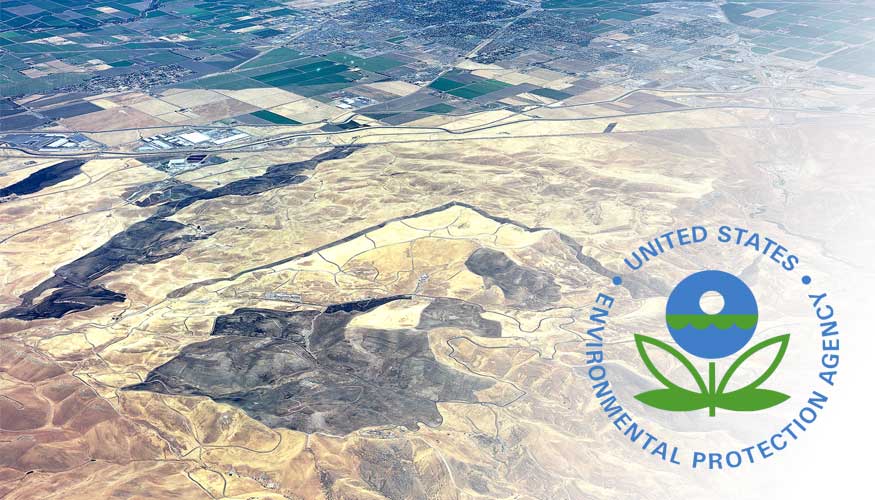
Santa Fe, NM – The Trump Administration has released more budget details for its proposed Fiscal Year 2021 federal budget for the Department of Energy and its semi-autonomous nuclear weapons agency, the National Nuclear Security Administration (NNSA). The Los Alamos National Laboratory (LANL) is slated to receive nearly a one billion dollar increase for its nuclear weapons programs (up 48%), overwhelmingly for new production. At the same time cleanup, whose need is caused by nuclear weapons production, is cut by 46%.
Significantly, LANL’s FY 2021 budget for design work of nuclear weapons stayed flat after falling by 28% from FY 2018 to FY 2019. Meanwhile, funding for nuclear weapons design work at the Lawrence Livermore National Laboratory more than doubled from FY 2019 to FY 2021.
As the NonProliferation Treaty’s 50th Anniversary Approaches U.S. to Soon Fund New Nuclear Warhead at $1 Billion Per Year
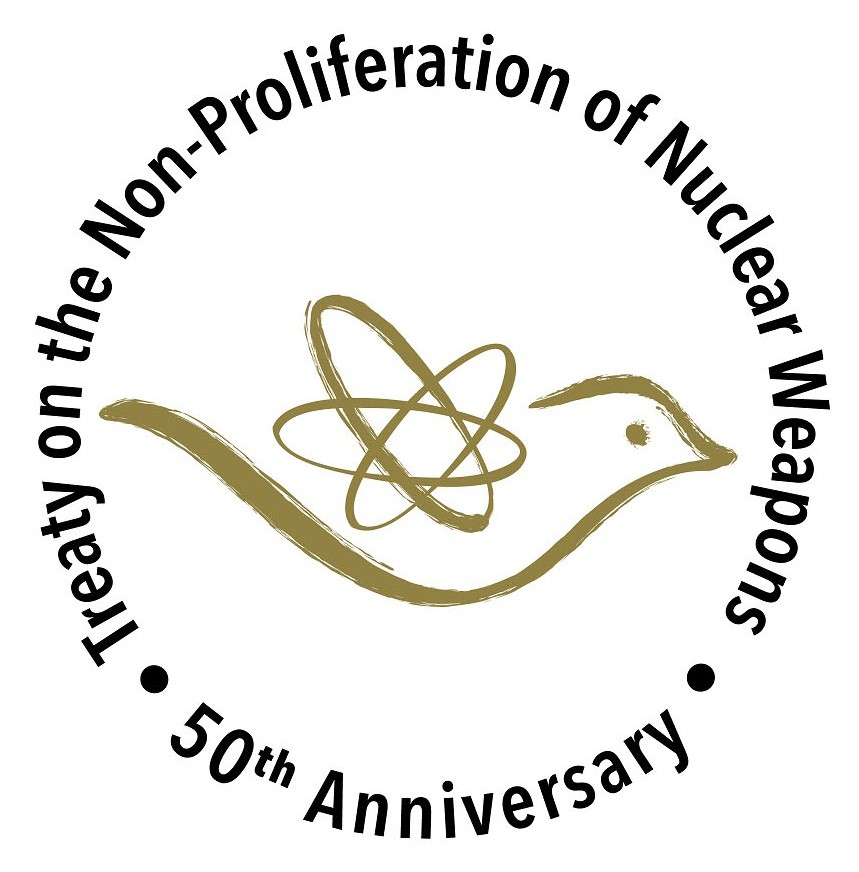
Santa Fe, NM – This March 5, 2020, marks the 50th anniversary of the NonProliferation Treaty, whose central bargain was that non-nuclear weapons states forswore acquiring them in exchange for which nuclear weapons states promised to enter into serious negotiations leading to their elimination. Those negotiations have never happened.
The Trump Administration has marked the occasion by finally releasing the detailed fiscal year 2021 Congressional Budget Request for the Department of Energy’s semi- autonomous nuclear weapons agency, the National Nuclear Security Administration (NNSA). The NNSA’s program for new and upgraded nuclear weapons gets a 3 billion dollar-plus mark up to $15.6 billion, slated to jump to $17 billion annually by 2025. This includes a new nuclear warhead, the submarine launched W93, initially funded at $53 million in FY 2021, but slated to climb to $1.1 billion annually by 2025. New warhead design and production typically take around 15 years or more.
The White House gave this nuclear agency a giant funding increase. Can it spend it all?
“The proposed $3.1 billion increase for weapons is simply sprinting toward failure, and Congress should right-size NNSA’s workload to match what the complex can realistically do,” – Rep. Marcy Kaptur, D-Ohio
ARTICLE BY: AARON MEHTA | defensenews.com
WASHINGTON — Members of Congress used a hearing Tuesday to question whether the National Nuclear Security Administration, a semiautonomous arm of the Department of Energy that handles development of nuclear warheads, can spend an almost 20 percent funding increase requested by the Trump administration.
Heinrich grills energy secretary on proposed $100M budget cut for LANL cleanup
“I can’t understand why this administration does not value cleanup and would risk breaking the legal commitments [the Department of Energy] has made to the state of New Mexico with budget numbers like that,” Heinrich said. “Why is the cleanup number so abysmal in this budget?”
ARTICLE BY: SCOTT WYLAND | santafenewmexican.com March 3, 2020
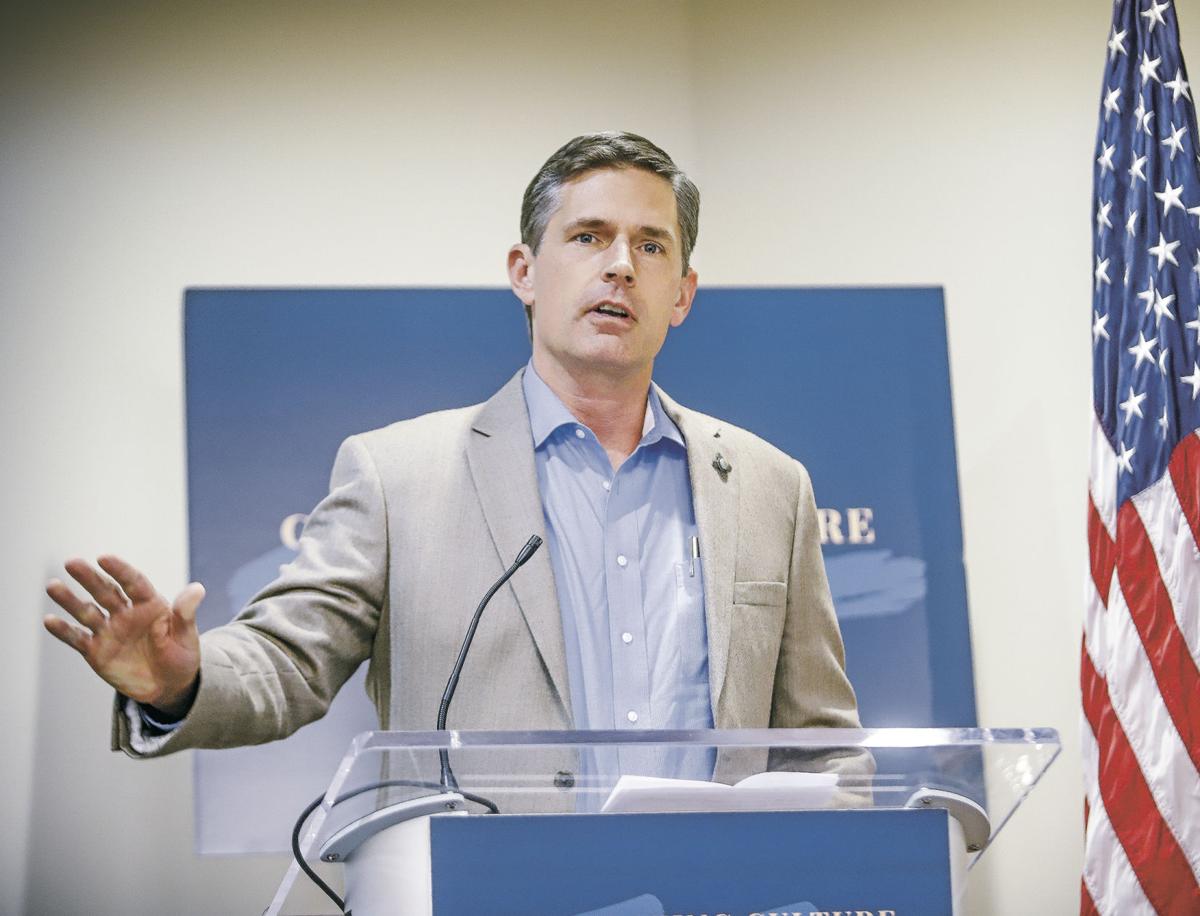
U.S. Sen. Martin Heinrich fired tough questions and caustic comments at Energy Secretary Dan Brouillette on Tuesday over the proposed $100 million cut in Los Alamos National Laboratory’s cleanup program for radioactive waste it produced during the Manhattan Project and Cold War.
Nuclear Tests Marked Life on Earth With a Radioactive Spike
Even as it disappears, the “bomb spike” is revealing the ways humans have reshaped the planet.
STORY BY: CARL ZIMMER | theatlantic.com
On the morning of March 1, 1954, a hydrogen bomb went off in the middle of the Pacific Ocean. John Clark was only 20 miles away when he issued the order, huddled with his crew inside a windowless concrete blockhouse on Bikini Atoll. But seconds went by, and all was silent. He wondered if the bomb had failed. Eventually, he radioed a Navy ship monitoring the test explosion.
“It’s a good one,” they told him.
Then the blockhouse began to lurch. At least one crew member got seasick—“landsick” might be the better descriptor. A minute later, when the bomb blast reached them, the walls creaked and water shot out of the bathroom pipes. And then, once more, nothing. Clark waited for another impact—perhaps a tidal wave—but after 15 minutes he decided it was safe for the crew to venture outside.
The mushroom cloud towered into the sky. The explosion, dubbed “Castle Bravo,” was the largest nuclear-weapons test up to that point. It was intended to try out the first hydrogen bomb ready to be dropped from a plane.
Senators ask government watchdog to assess NNSA’s nuclear weapons spending
Read the letter here
BY: COLIN DEMAREST | aikenstandard.com
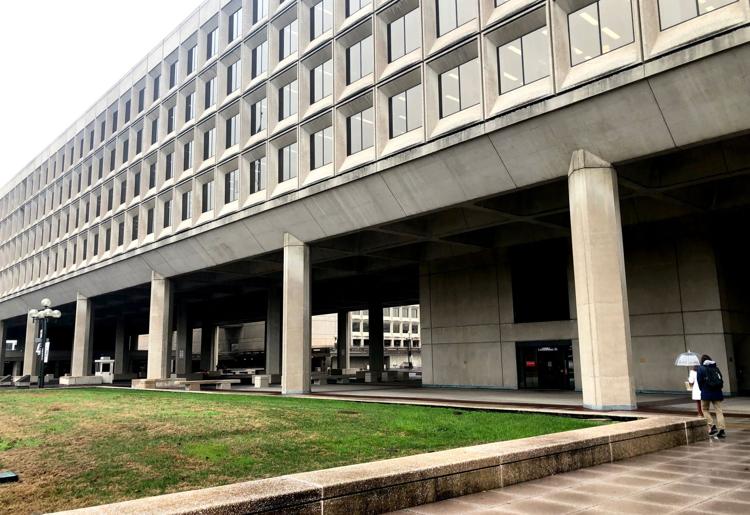
Two prominent Democratic senators have asked a congressional watchdog to examine the National Nuclear Security Administration’s nuclear weapons spending and related workload.
The request comes a little more than two weeks after President Donald Trump unveiled his fiscal year 2021 budget request, which included $19.8 billion for the semiautonomous U.S. Department of Energy agency, $15.6 billion of which is flagged for nuclear weapons work.
That’s 25.2% above the fiscal year 2020 enacted level.
“Questions about affordability are critical given the significant expansion in NNSA’s budget and activities,” U.S Sens. Dianne Feinstein of California and Ed Markey of Massachusetts wrote in their Feb. 27 letter to the Government Accountability Office.
“The GAO raised concerns in a 2017 report about the affordability of NNSA modernization efforts,” the letter also reads, “and NNSA’s budget and activities have expanded significantly since that time.”
The independent accountability office investigates and issues reports often, touching everything from agriculture and food to national defense and tax policy.
ACTION ALERTS
Nothing Found
It seems we can’t find what you’re looking for. Perhaps searching can help.
Nothing Found
It seems we can’t find what you’re looking for. Perhaps searching can help.
Interfaith Panel Discussion on Nuclear Disarmament - August 9
Nothing Found
It seems we can’t find what you’re looking for. Perhaps searching can help.
New Nuclear Media
Nothing Found
It seems we can’t find what you’re looking for. Perhaps searching can help.

